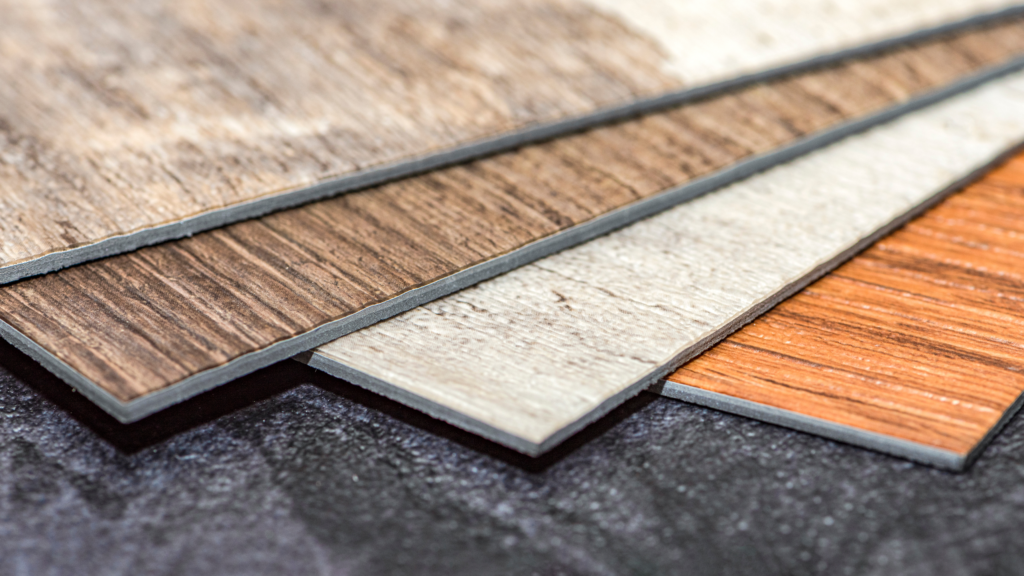Vinyl plank flooring is everywhere these days — a favorite in home design shows and online home improvement guides alike. Known for its affordability, durability, and resemblance to more expensive flooring types like hardwood or tile, vinyl plank seems like a perfect choice for budget-conscious homeowners.
But does it live up to its reputation?
While vinyl plank flooring has several advantages, there are potential drawbacks to weigh before you make a decision.
Installation Challenges: Not as DIY-Friendly as Advertised
Despite its reputation as an easy, DIY-ready option, vinyl plank flooring can present challenges, especially if you’re not an experienced installer. There are several types of vinyl plank flooring installations, each with unique requirements:
GlueDown Planks
As their name suggests, GlueDown planks need to adhere directly to the subfloor and may require an additional adhesive layer, making them a more involved process.
GripStrip Flooring
This type of vinyl plank flooring uses pre-applied adhesive to join planks together in a floating floor style, meaning it can be installed over existing flooring.
Click-Lock Flooring
Click-Lock options mimic traditional tongue-and-groove assembly by snapping planks together. They come together easily, but they require a perfectly level floor beneath which can create a challenging prep process.
These installation methods can prove time-consuming and may require special tools or even professional help, which can drive up the cost. In fact, while vinyl plank may be cheaper per square foot than hardwood or tile, hiring a professional for installation can bring the total average cost to around $2,400 per room, narrowing the gap with more expensive flooring materials.
Is Vinyl Plank Flooring Water Resistant?
One of vinyl plank flooring’s biggest selling points is its water resistance, making it a popular choice for high-moisture areas like kitchens and bathrooms. Even more popular still for families with pools, pets, or children. The top layer of vinyl plank is made from synthetic materials, making it resistant to spills and light moisture. But it’s not entirely waterproof.
Substantial water exposure — a burst pipe or a flooding dishwasher, for example — can trap moisture beneath the surface and lead to mold or other issues that damage your vinyl plank flooring.
While no flooring is fully floodproof, options like hardwood may offer some recovery possibilities through sanding and refinishing, while vinyl planks often require replacement in case of significant water damage.
Lifespan and Longevity: Vinyl vs. Traditional Options
Vinyl plank flooring offers a reasonable lifespan of around 20 years, making it a solid choice for homeowners who may not be looking for a permanent flooring solution.
However, traditional wood flooring can last much longer — decades longer, in fact — and may even add value to your home. While wood floors may require a higher upfront investment, they can be refinished multiple times, potentially making them a more economical and eco-friendly choice over the long run.
Weighing Vinyl Plank Flooring Pros and Cons
Vinyl plank flooring can be a practical and stylish solution for many homes, but it’s not without its limitations. Before deciding, consider how much weight you place on factors like ease of installation, water resistance, and long-term durability. Balancing these pros and cons can help ensure your new flooring meets your expectations and stands up to the demands of your daily life.


